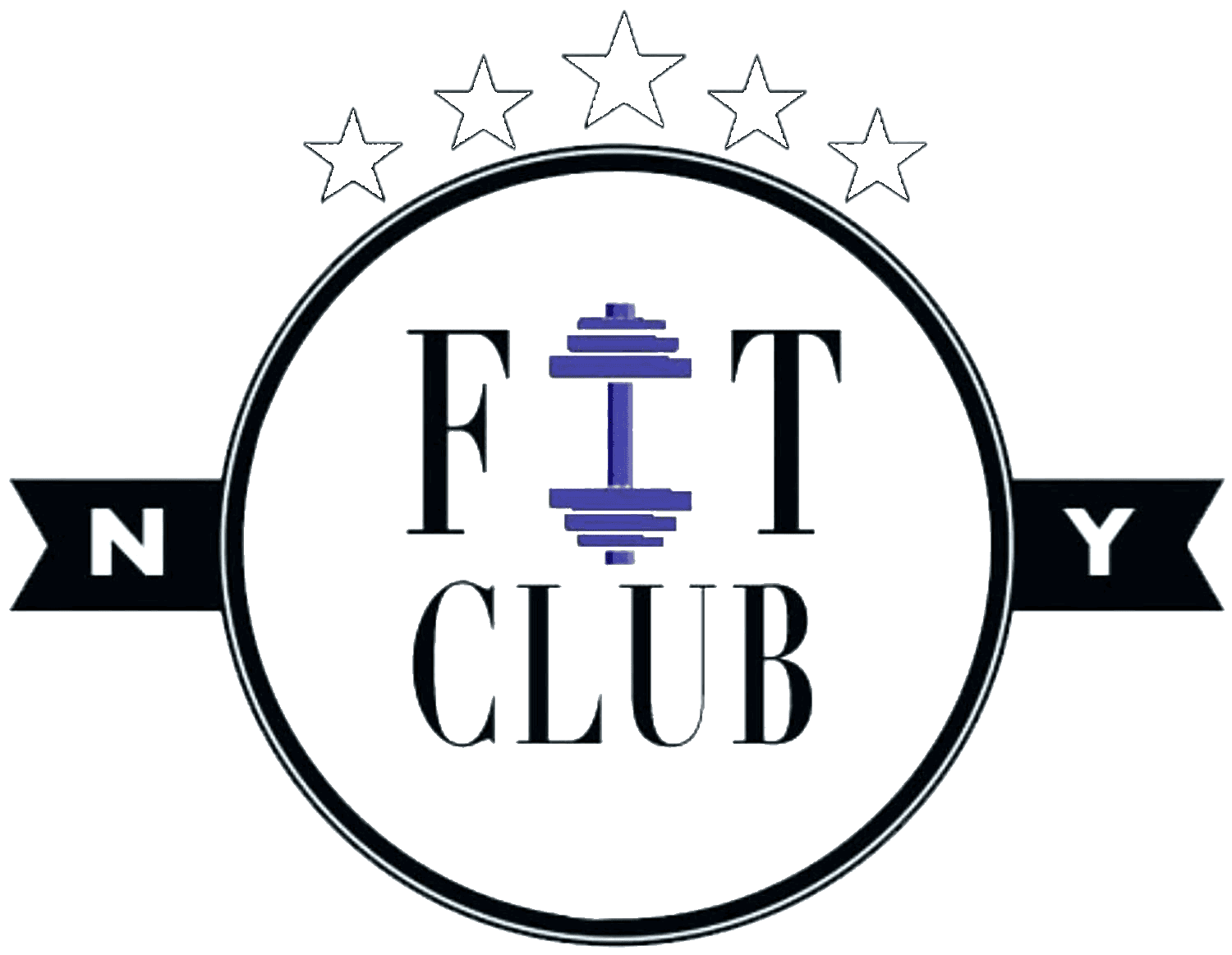A major topic of discussion of the 2019 NFL this past February was the physical stoutness of Ole Miss wide-receiver D.K. Metcalf. Listed at 6’4” and 230 lbs, this 21 year-old top NFL prospect impressed the sports world by posting a 4.33 second 40 yard dash, 40” vertical jump, and 27 repetitions with a max of 225lbs on the bench press. In addition to his impressive performance, what really took the world by storm was a post-training photo of D.K. Metcalf displaying his hulk-like physique, which quickly went viral throughout social media. This photo left many sports anchors and fans alike wondering how muscles could possibly look like that.
To answer that question, today we’re going to be discussing dosage and why the number of repetitions, sets, and amount of resistance are important!


While multiple factors play a role, it is training load and dosage that set the foundation for muscular changes. Muscles adapt to the specific training stresses placed on them in many different ways. This is known as the SAID principle, or “specific adaptations to imposed demands.” Different stimuli elicit different muscular adaptations. If muscular strength, power, hypertrophy, or endurance is desired, different factors must be adjusted to ensure the appropriate adaptations take place.
Generally, speaking higher repetitions with less weight and rest will lead to endurance adaptions, while fewer repetitions and more weight and rest will lead to strength and hypertrophy changes. It is clear that D.K. Metcalf has trained for specific muscular hypertrophy, strength, and power that would allow him to dominate on the field and at the NFL draft. Check out the chart below for how you can modify weight load, repetitions, sets, and rest breaks to help you make the changes you desire through your training!

A common concern of patients is if certain exercises will cause “bulkiness,” which may not be their desired goal. However, instead of worrying weather specific exercise movements will increase muscle bulk, it is vital to pay attention to exercise dosage (load, sets, repetitions, volume, rest duration,), as these are the factors that will ultimately lead to desired changes. For example, if your goal is to look like NFL-prospect D.K. Metcalf, perhaps a combination of hypertrophy and strength training (see chart above for dosage) is best for you.
Here at Fit Club, our physical therapists keep all of these factors in mind while designing your personalized exercise plan to help you reach your desired goals!


